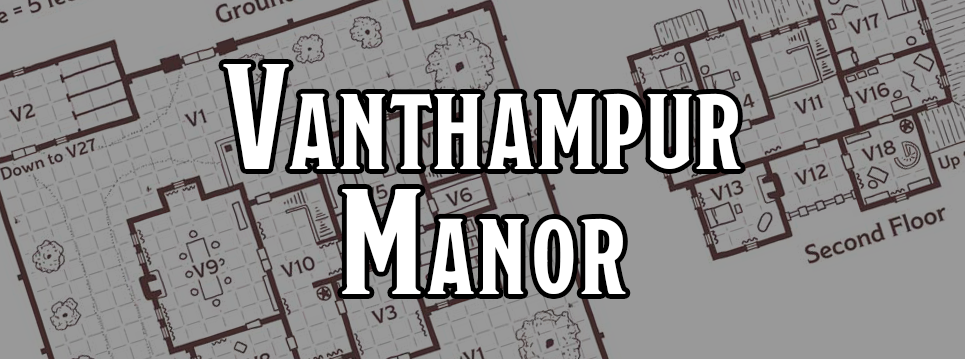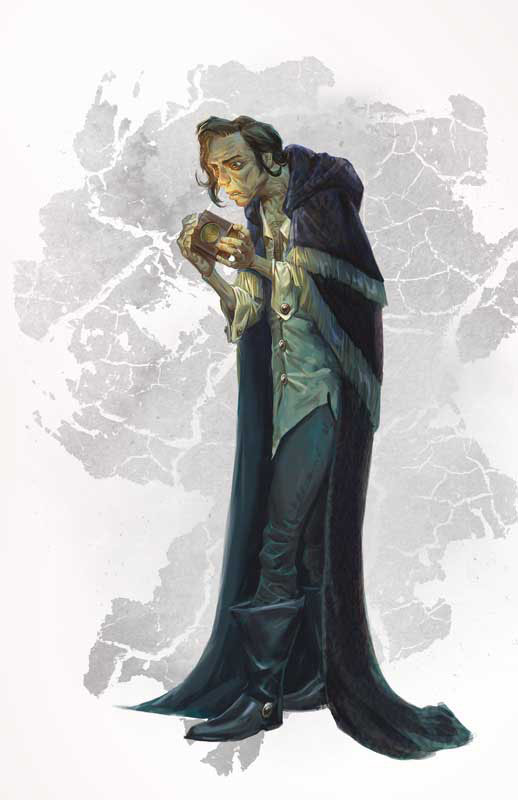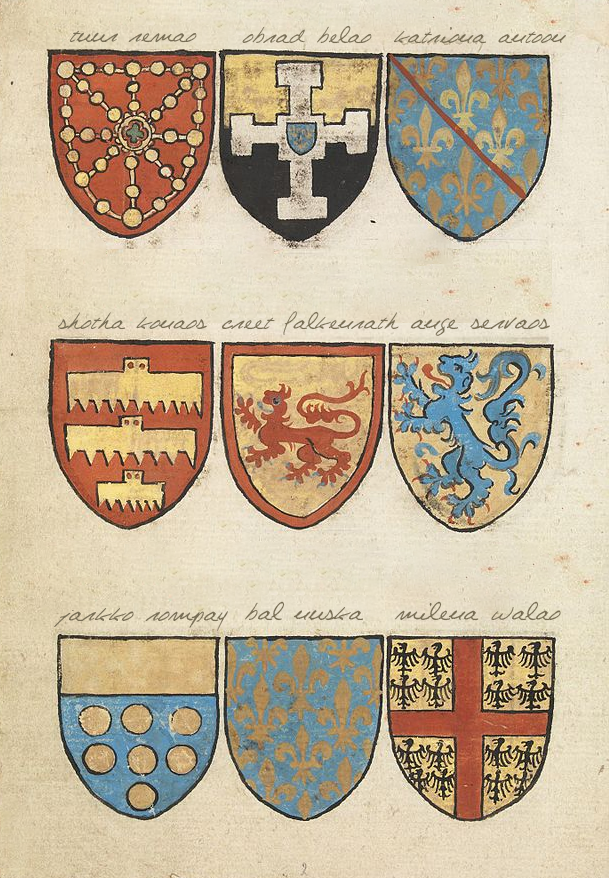She took a step further in — then two or three steps — always expecting to feel woodwork against the tips of her fingers. But she could not feel it.
‘This must be a simply enormous wardrobe!’ thought Lucy, going still further in and pushing the soft folds of the coats aside to make room for her…
Next moment she found that what was rubbing against her face and hands was no longer soft fur but something hard and rough and even prickly. ‘Why, it’s just like the branches of trees!’ exclaimed Lucy.
In C.S. Lewis’ The Lion, the Witch, and the Wardrobe, the four Pevensey children are sent away from London during the Blitz to shelter at a remarkably large house owned by the Professor. In one of the many, many rooms within this mansion there is a magical wardrobe: If you walk into this wardrobe it will act as a magical portal, transporting you to the land of Narnia.
This is Lewis’ scenario hook: In order for the adventures of Narnia to begin, one of the kids needs to walk into the wardrobe.
(We’re going to be talking about the novel in the context of a roleplaying game, so let’s remember that the Principle of Using Linear Mediums as RPG Examples applies.)
Lewis gets away with this, of course, because he’s writing a book. He controls the characters and so it is quite easy for him to (a) make the kids decide to explore the house room by room and then (b) make Lucy climb into the wardrobe and go looking for the back of it.
To be clear: This is not bad writing. Everything the kids do is a perfectly reasonable thing for them to do and completely justified.
But if we imagine C.S. Lewis as a GM running this as a scenario for four PCs, there are several possible ways this could play out:
- The PCs could all find the wardrobe portal together.
- Some of the PCs could find the portal, return, and lead the others into Narnia.
- One of the PCs could find the portal without the others, come back, and then find that the portal has “vanished” due to its strange metaphysics. (But investigation will reveal that it returns.)
- The PCs could all enter the portal separately (or in different groups) and end up making independent alliances with different hostile factions within Narnia.
But, of course, the overwhelmingly likely outcome is that the PCs never find the wardrobe and never go to Narnia, right? Even if they were LARPing this scenario in real-time, they might never go into that room. And, if they did, they could easily never think, “I’m going to try climbing into that wardrobe and seeing if I can touch the back of it.” And it seems to me that while sitting at a table it becomes even less likely for the players to spontaneously conclude that this one particular course of action is what they should be doing. (Or, if they do say something like, “I’m just going to wander around until something interesting happens,” the experience is quite likely to not be particularly satisfying. Turning it into a location-crawl has similar results because the density of interesting material is too low.)
My point is that premises which work just fine in linear narratives from other mediums don’t necessarily work at all when used in an RPG. So if you use those linear narratives as your model for how to prep an RPG scenario, you can end up very frustrated.
SOLUTIONS
One way to handle this would be aggressive scene-framing:
GM: Okay, so you wake up the next morning and it’s raining out. You all decide to play hide-and-seek. Lucy, you go into a room that’s quite empty except for one big wardrobe; the sort that has a looking-glass door. There’s nothing else in there at all except a dead bluebottle on the window-sill. That’s when the door handle starts to turn! You’ve got nowhere else to go, so you pop into the wardrobe! It’s filled with fur coats and there’s a thick smell of mothballs. You head towards the back where it’ll be harder to spot you… only you can’t find the back. This wardrobe is huge! And then…
This works, and it’s based on accurately identifying where the active premise is — the point where the players know what they’re supposed to be doing (or, in a sandbox campaign, where they are made aware that a particular course of action or type of action is available to them). In this case, the active premise is NOT “the Pevenseys have arrived at the Professor’s mansion” (because it is not clear what action they are supposed to be taking there), but rather “Lucy has discovered a magical portal” (because it is immediately apparent that “go through the portal” is a clear action that they can take).
There are drawbacks to such aggressive scene-framing, however: Players will generally feel less immersed and have less ownership of the hook. If it’s handled poorly, players can easily become upset that they’re being forced to do things they don’t want to do. There are some mechanical structures that can address this (like the compel mechanics in Fate), but they generally can’t solve all of the potential problems.
So if we’re currently standing at “the Pevenseys have arrived at the Professor’s mansion,” what other options do we have for getting the PCs an active premise that will take them to Narnia (i.e., hook them into the scenario)?
The first thing I generally try to do when designing a scenario, unless I have a good reason not to, is to make the hook proactive. It’s just a lot easier to use a proactive hook (i.e., one that comes looking for the PCs) than it is to use a reactive one that requires the players to do something to discover it (e.g., search the house to find the wardrobe). For example, we could have stuff coming OUT of Narnia through the wardrobe:
- A strange creature (perhaps a boggart?) that goes rampaging around the house. It keeps damaging stuff and Mrs. MacReady blames the kids for it.
- Refugees from the tyranny of the White Witch.
- Wolves of the secret police pursuing aforesaid refugees.
- Agents of the White Witch who try to kidnap one of the kids and take them back through the wardrobe.
When the PCs question these NPCs or backtrack them, they’ll be led to the wardrobe.
Alternatively, you can look to reframe the active premise. There’s no clean way to say “you need to search the house in order to find the magic wardrobe” if you don’t know the magic wardrobe exists (and discovering that is the whole point to begin with). But what you can do is give the PCs a different reason for searching the house (during which search they will be able to encounter the wardrobe). For example:
- The Professor has died and they need to find his will.
- You provide a game structure by which the kids earn XP by playing childhood games. “Hide ‘n seek” is on the list.
- A stray raccoon gets into the house and Mrs. MacReady tells the kids they need to track it down before the next tour group arrives.
(I talk about this technique at more length in Surprising Scenario Hooks.)
Another option, or perhaps a supplemental one, is to use multiple hooks. This is often just an instantiation of the Three Clue Rule: You include multiple hooks so that, even if the PCs miss some of the hooks, they’re still likely to get at least one of them. (One of the corollaries of the Three Clue Rule is permissive clue-finding, and you can often achieve a similar effect through organic scenario hooks — i.e., hooks that emerge from the actions of the PCs rather than being pre-planned.)
For example, rather than it being specifically the wardrobe that’s magical, we could say that the entire estate is magical and/or that there’s some powerful fey magic trying to draw the children to Narnia. No matter what they do, we can improvise a hook that offers them a path to Narnia. They go to play Poohsticks in the stream? They find their sticks disappearing through a magical shimmer under the bridge. They help the cook make dinner? They discover a secret passage behind the wine rack in the cellar when they’re sent down for supplies. They read books in the library? They open a magical book! They play hide ‘n seek? Wardrobe!
Design Note: Isn’t the wardrobe a magical portal because it’s made from wood taken from Narnia? How do you square that with there being magical portals all over the damn place?
First, keep in mind that we’re just using the book here as an example. In practice this would be a scenario you’re designing yourself, and you can do whatever you want.
Second, this is actually an interesting example: Lewis didn’t know that the wardrobe was made of wood from Narnia when he wrote The Lion, the Witch, and the Wardrobe. The wardrobe was just a cool thing he thought up and then he BUILT on that continuity later on. We could imagine the same thing in our hypothetical campaign: The PCs go to play Poohsticks and you improvise a magical bridge; later it occurs to you that the bridge could have been built out of wood from Narnia. Or the magical book in the library turns out to have been the diary the Professor kept during his own adventures in Narnia. After discovering stuff during play you’re free to continue building on it and making new discoveries about your world.
Third, if it is important that the portal be in the wardrobe made from Narnian wood — whether to the scenario, your metaphysics, or just your personal taste — then use one of the other options.
On that note, what if you really do need a reactive premise? For example, you want them to simply stumble across the wardrobe accidentally? In that case, you need to have other active premises in the house to engage the players until the reactive premise can be presented. Basically, you have other adventures (or, at least, interesting things that the PCs are aware they can interact with) happening in the mansion. And then, at some point during those adventures, the wardrobe can appear. (Or maybe it appears several times as part of the background scenery, until the revelation finally happens.)
You can also take a laidback approach to his by asking each player to describe what a typical day at the house looks like for their character. This frames the action declaration at a sufficiently abstract level that the players aren’t trying to fill the minute-to-minute activities of their lives, but it also makes it clear that the active premise is defining routine (specifically, in this case, what the “new normal” looks like for the kids). You can ask questions like:
- After you’ve said good night to the Professor and gone upstairs to your rooms on the first night, what plans do you make for the next day?
- What if it’s a rainy day and you can’t go outside? What do you do?
- It’s been a week and you’re getting bored. What do you do to mix things up?
What you’re looking for as the GM, of course, is the opportunity to say, “While you’re doing that, you happen to see this wardrobe and that’s when the adventures begin…”
As a campaign develops over time, the group will often develop a collective sense of what a “normal day” looks like in any case. This knowledge makes it easier to aggressively frame scenario hooks without the players feeling as if their toes are getting stepped on… which brings us full circle.
Note: In a storytelling game you can use a variant of this technique to simply cut to the chase by giving the players narrative control. You could turn to Peter’s player, for example, and say, “Somewhere in this house there is a portal to the magical land of Narnia. What is it?” And after Peter’s player has said that it’s a wardrobe, you could turn to Lucy’s player and say, “And how do you find this portal?” Similar approaches using the specific mechanics of the storytelling game are also quite common.
REJECTING THE CALL
Sometimes your players will encounter the hook and reject it. There’s often nothing wrong with this! Rejecting the call to adventure is an official part of the Campbellian Hero’s Journey™! (And if you’re running a sandbox campaign, there should be so many scenario hooks hanging around that it would be surprising if the PCs didn’t reject a few of them.)
This rejection can also happen unintentionally. For example, you might design the metaphysics of the wardrobe so that the portal only works intermittently, with the expectation that the players will investigate the wardrobe and figure out the timing. Instead, Lucy finds the portal and comes back, but when she tells the others about it and the portal doesn’t work, the other characters assume she’s just telling funny stories.
So things reset and, later, Lucy goes back into the wardrobe and this time Edmund sees her and follows her. And you think, “I’m so glad he’s got in too! The others will have to believe in Narnia now that both of them have been there. What fun this will be!” But then Edmund’s player tests his Liar personality trait, fails, and says, “Oh, yes, Lucy and I have been playing – pretending that all her story about a country in the wardrobe is true. Just for fun, of course. There’s nothing there really.”
And this prompts some simply amazing roleplaying between the PCs, but the hook of the wardrobe has once again been rejected and it’s all so horrid that now Lucy won’t go near the wardrobe for fear of being teased and none of the others even want to talk about it.
If you were running a sandbox, it might be fine to just let the wardrobe go at this point (as noted above, there would be lots of other hooks for the PCs pursue). And even if you’re running a specific scenario (we’re supposed to be playing in Narnia, not stuck in the mansion!) it can easily be the case that the stuff spinning out from a rejected call to adventure is more than interesting enough to entertain everybody for the entire session. (The stuff with Edmund lying, for example, is really interesting and likely to have a long-term impact on the campaign that’s truly fascinating. Don’t choke it off!)
But in either case, you’ll usually want to offer the hook again – either because this is the scenario you’re supposed to be playing tonight or because the scenario is part of the environment and it will naturally keep crossing paths with the PCs. (If you design the scenario with multiple hooks in the first place, this will often happen organically without any especial effort on your part.)
There can be a natural impulse to make the returning hook more aggressive – they missed it the first time, so it clearly needs to be even more obvious and in-their-face the second time! But this is often (although not always) the wrong choice. The players will have often chosen to reject the hook. That’s a meaningful choice and directly overriding it simply for the sake of overriding it is railroading.
(This is more or less what Lewis does in the book: The kids are relentlessly pursued by Mrs. MacReady’s tour group until they have absolutely no choice but to all leap into the wardrobe together. But, of course, it’s a book.)
Even if the players have just flat out missed the first hook, it’s still usually not necessary to use an aggressive hook. If they literally missed it, then the second hook will effectively be their first hook and there’s no need to make it special. If they misinterpreted the hook or didn’t realize that it was a hook, the second hook will usually serve to reinforce the first one and, thus, be stronger collectively regardless. (“Oh! That’s what the crazy rune-writing meant!”)
The exception tends to be when the rejection of the first hook carries obvious consequences that are going to be aggressive. For example, if the PCs choose to just ignore Old Joe’s gang threatening to burn down their ranch… well, Old Joe’s gang burning down their ranch is probably going to be pretty aggressive.
PROACTIVE PLAYERS
Proactive players are the ones who will pursue courses of action even when they haven’t been presented with an active premise for that action.
For example, in my OD&D open table one of the PCs spontaneously decided to buy up all the garlic in the local community and then use their monopoly to jack up the prices. (They knew that the local adventurers had discovered vampires and had concluded that the demand was about to spike.) The result was the creation of the Halfling Mafia, who grew to become a pervasive presence in the campaign.
That’s an example of proactive play: There was no “buy up all the garlic and form a mafia” hook that I had put into play.
By contrast, in my current Blackmoor open table I use a set of Special Interest XP rules that specifically encourages PCs to, for example, set up philanthropic societies. So when one of the PCs decided to set up the Vampire Awareness and Relief Foundation, that was really awesome, but it wasn’t proactive play. (The mechanical structure had offered the active premise of setting up philanthropic societies.)
Some players are naturally proactive. Others will never be so. (And that’s okay!) But often proactive players are created in the sandbox: When they are inundated with scenario hooks and it becomes clear that THEY are empowered to choose what they will do next, often the leap will be made that they do not need to choose but can instead create.
When you say, “You’ve arrived at the Professor’s house. What do you want to do?” a reactive group, in the absence of an active premise, will stare at your blankly. But if you have proactive players, don’t feel like you need to immediately start hurling scenario hooks at them. Let the Pevenseys tell you what they’re going to do and follow their lead, giving them the incredible reward of knowing that the action THEY created is the one which sets everything into motion. It is the proactive player who will say, without prompting, “I’m going to explore the house!”
Everyone agreed to this and that was how the adventures began. It was the sort of house that you never seem to come to the end of, and it was full of unexpected places. The first few doors they tried led only into spare bedrooms, as everyone had expected they would; but soon they came to a very long room full of pictures and there they found a suit of armor; and after that was a room all hung with green, with a harp in one corner; and then came three steps down and five steps up, and then a kind of little upstairs hall and a door that led out onto a balcony, and then a whole series of rooms that led into each other and were lined with books — most of them very old books and some bigger than a Bible in a church. And shortly after that they looked into a room that was quite empty except for one big wardrobe…
FURTHER READING
Design Notes: Scenario Hooks for Over the Edge
Juggling Scenario Hooks in the Sandbox
Surprising Scenario Hooks
Players Who Won’t Bite
Bringing the PCs Together


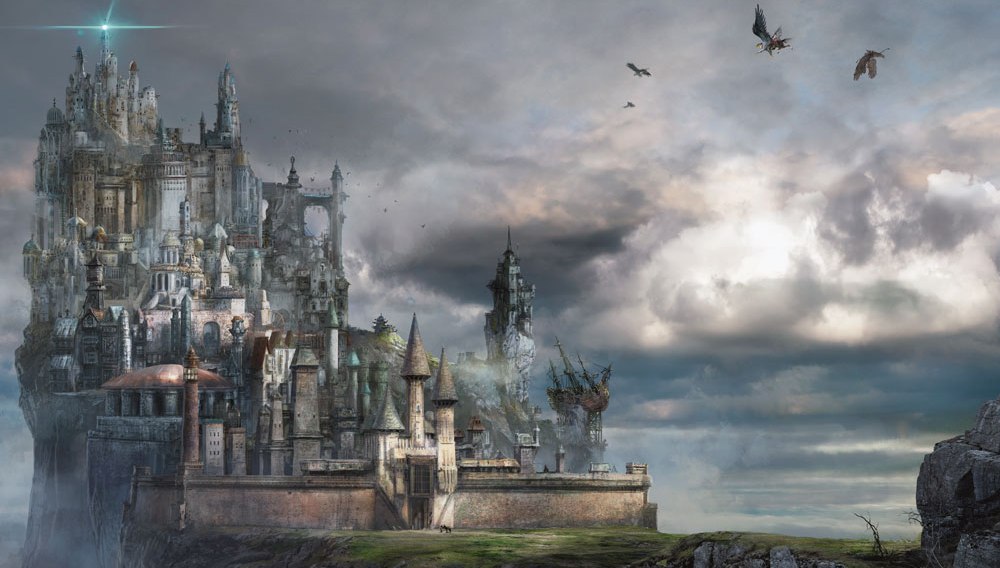
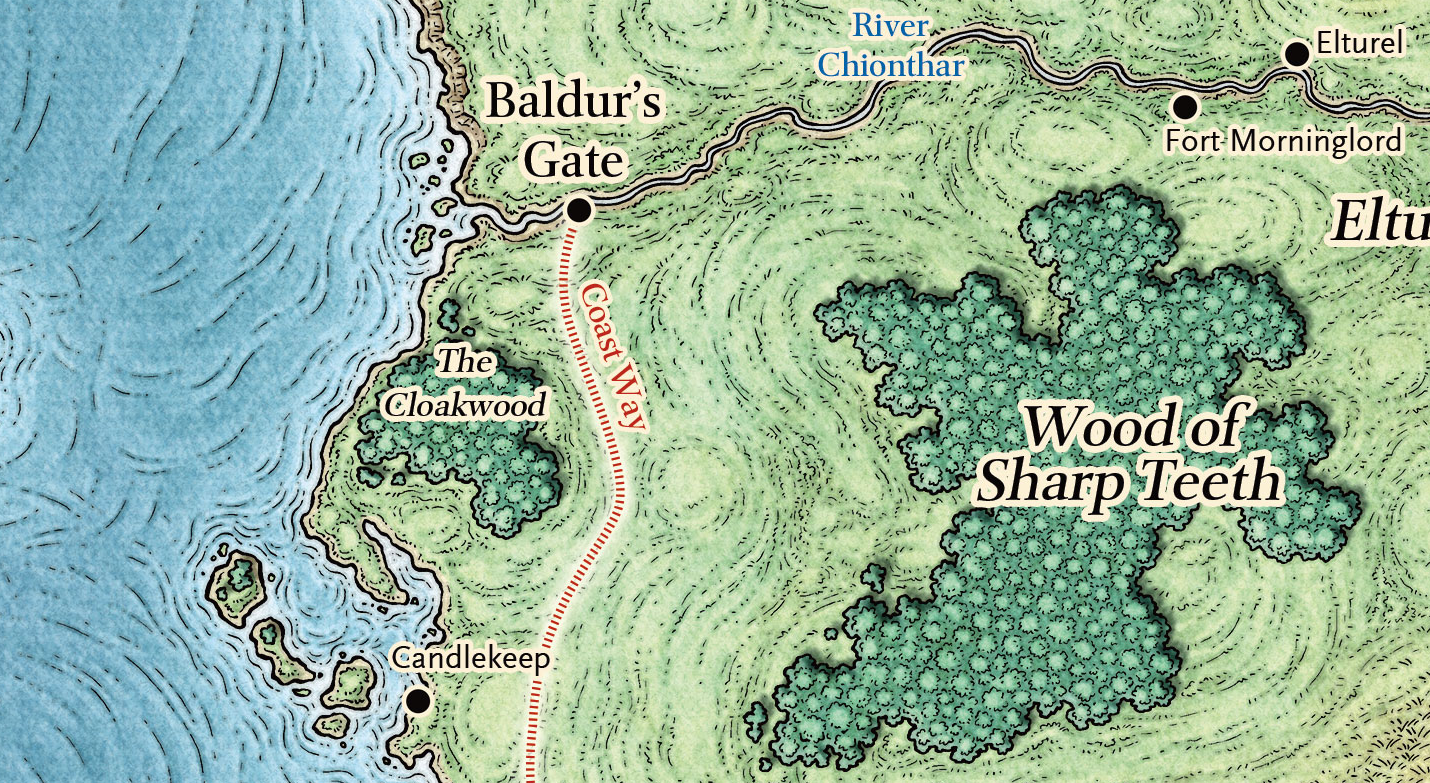
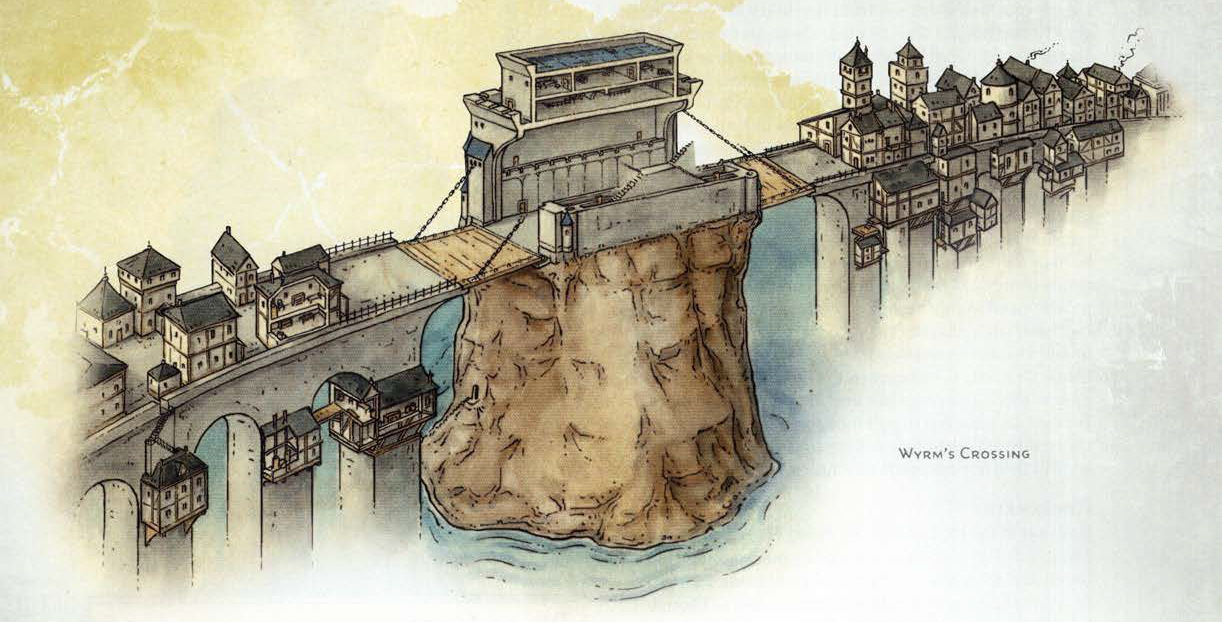
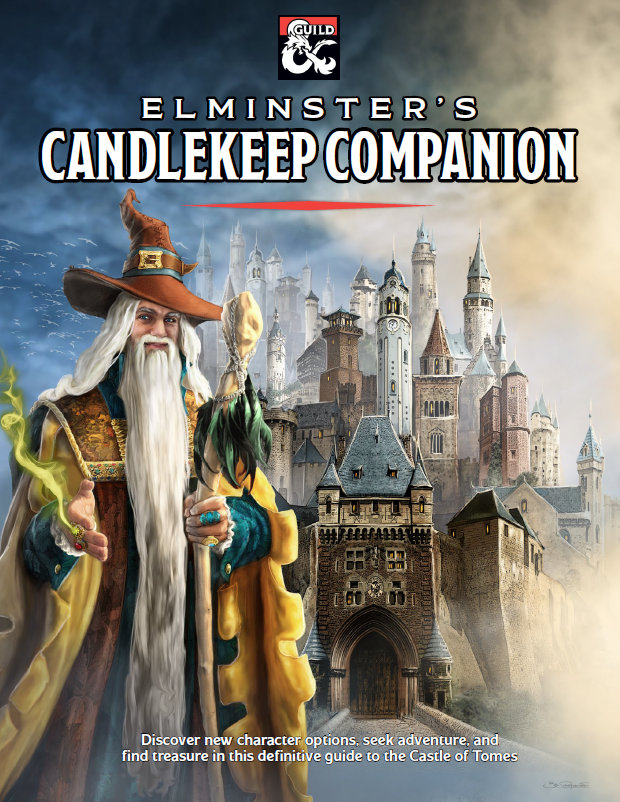

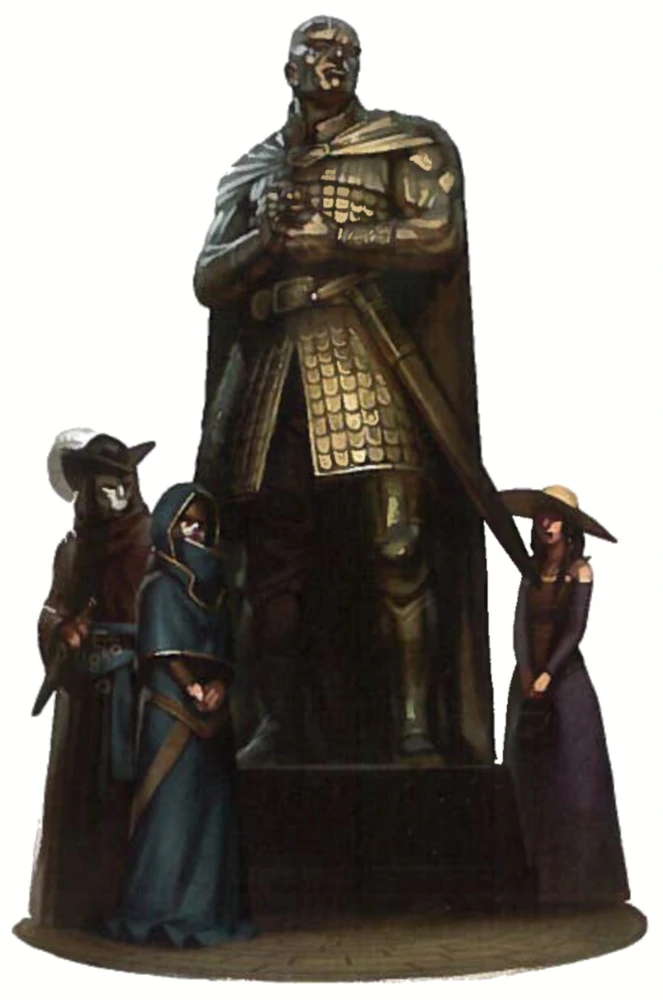 gasps, and then explodes in a shower of blood and gore. Several devils climb out of his putrid remains before tearing into his guards with vile glee.
gasps, and then explodes in a shower of blood and gore. Several devils climb out of his putrid remains before tearing into his guards with vile glee.